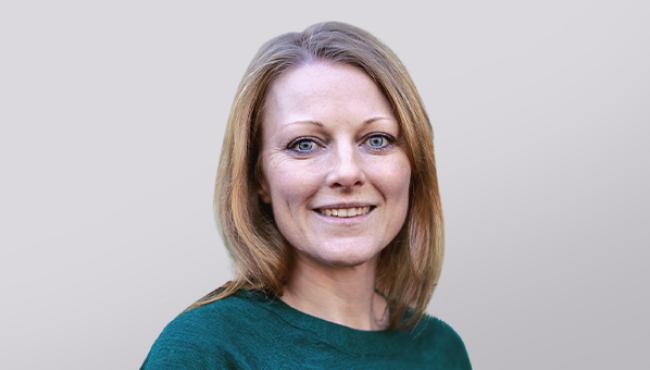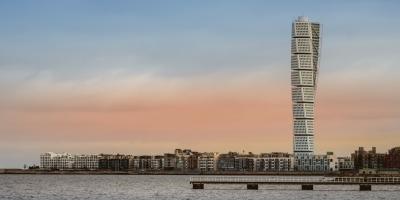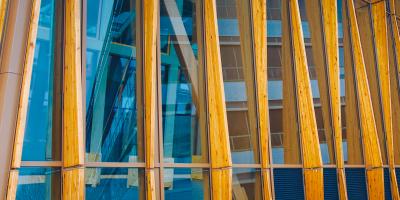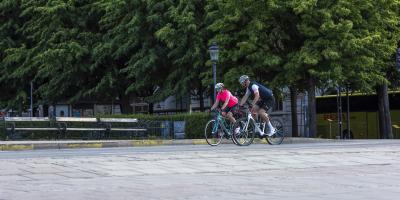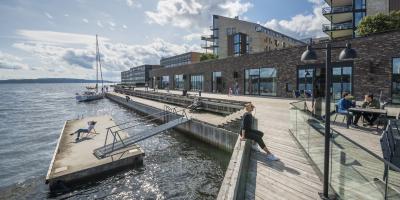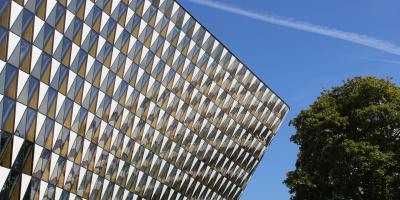
Climate calculations reduce emissions
The construction industry can reduce its carbon footprint with AFRY's calculation tool, CO2 Guide
Fanny Rading Heyman, a landscape architect at AFRY in Malmö, dedicates much of her time to climate calculations. She works with planning, designing, and calculating the carbon impact of exterior built environments.
Fanny started working as a landscape architect 10 years ago and has noticed that the biggest change in the industry has been the increased focus on climate issues in projects. As part of that focus, she has been involved in the development of CO2 Guide - a tool that calculates the carbon footprint of construction projects to be able to propose measures to lower greenhouse gas emissions.
Fanny's climate work, challenges, and innovations at AFRY
"I primarily work with planning, design, and climate calculations of exterior built environments. I have been with AFRY since 2016 and have been focusing on climate issues since 2018. The biggest change since I started working is that now we calculate the carbon impact in projects and have a greater focus on climate issues in general. It's very interesting to work in this field as it is an area that is rapidly evolving and changing," says Fanny.
Climate calculations can be made at various stages: either when everything is fully designed to estimate the projects greenhouse gas emissions, or early in the project to propose measures and improvements to reduce the carbon impact throughout the process.
"Together with my team at AFRY we have developed a climate calculation tool, CO2 Guide. The tool provides knowledge and information that can be used when designing and planning exterior built environments and increase awareness within companies," says Fanny.
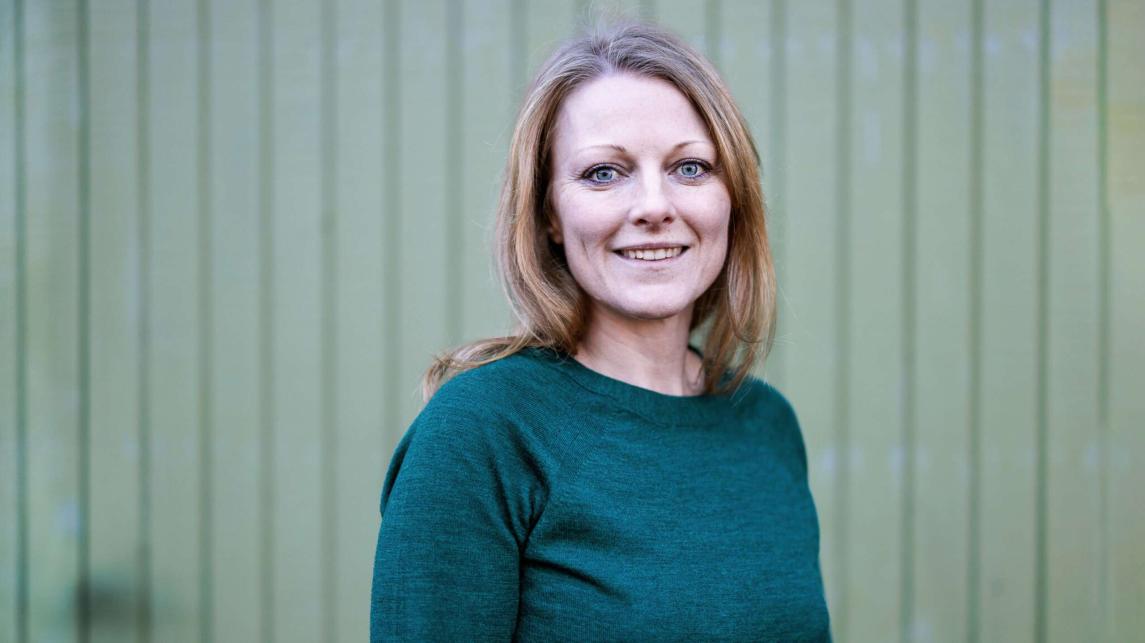
CO2 Guide and carbon dioxide calculations help the construction industry
The purpose to calculate a projects' carbon footprint is to suggest measures to lower greenhouse gas emissions. Being involved in the early stages of the project facilitates the integration of measures to reduce greenhouse gas emissions during the entire process. There is not much open data on projects carbon footprints within the industry, so there is a high demand for the ability to compare completed projects.
To reduce projects carbon footprint, a transformation is required. This means preserving existing structures to a greater extent, reusing more materials, modifying, or adapting design and materials to make them more sustainable, as well as reducing greenhouse gas emissions from construction sites and transportation.
"There is a need for the industry to learn more about new and improved materials, actions that can or should be taken, and how we can best utilise them. It is interesting how we as landscape architects can contribute to increase carbon sinks in green structures, for example by adding biochar to the soil. In addition to knowledge and new solutions, there is a demand to compare projects to understand the industry's actual emissions. The buildings and construction industry accounted for 20% of Sweden's total greenhouse gas emissions in 2020. That is our mission - through our work, we want to contribute to reducing these," says Fanny.
Examples of how the calculations are used include:
- We can find out how to reduce the carbon impact of our streets and what measures are required for this. For example, by planning for the most suitable design, materials, and methods.
- If we are involved early in the process of building a new neighbourhood, we can calculate how it should be designed to be sustainable with minimal carbon impact. For example, how to plan the area's structure or how the buildings should be oriented to optimise for solar panels.
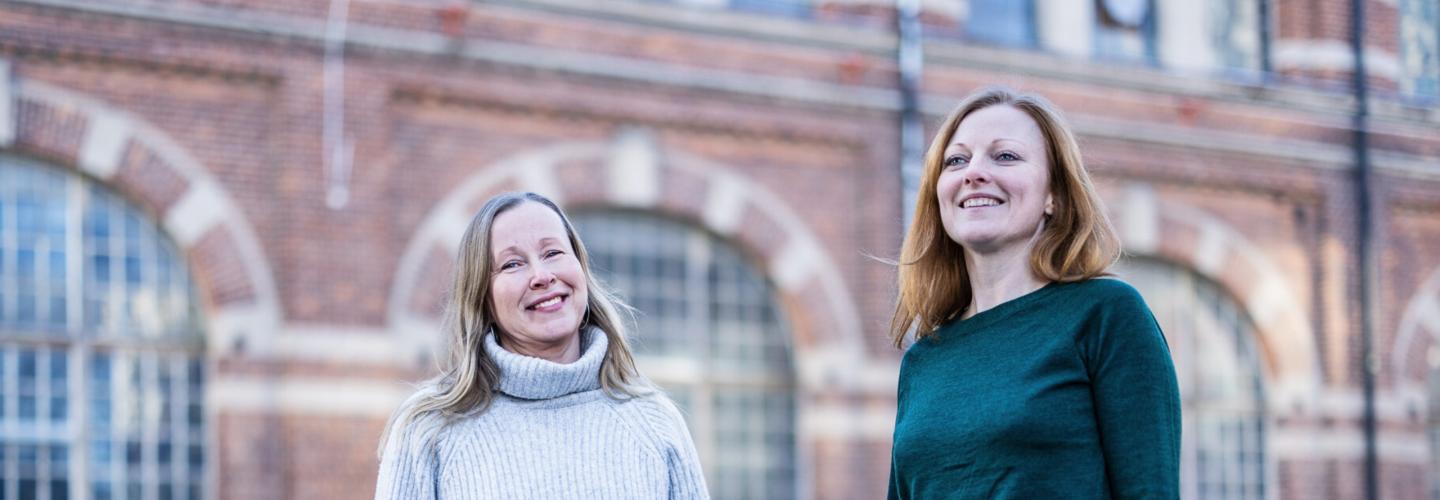
Local roadmap for a climate neutral building, construction and real estate management sector in Malmö by 2030 (LFM30)
LFM30 is an initiative working towards a climate neutral building, construction, and real estate management sector in Malmö with net zero CO2 emissions by 2030, followed by climate-positive by 2035.
Fanny is part of a team within LFM30 that focuses on repayment plans and negative emissions as part of LFM30's climate budget methodology. The method includes climate calculations and assessments to meet the initiative's target threshold for different types of projects, and calculation of negative emissions.
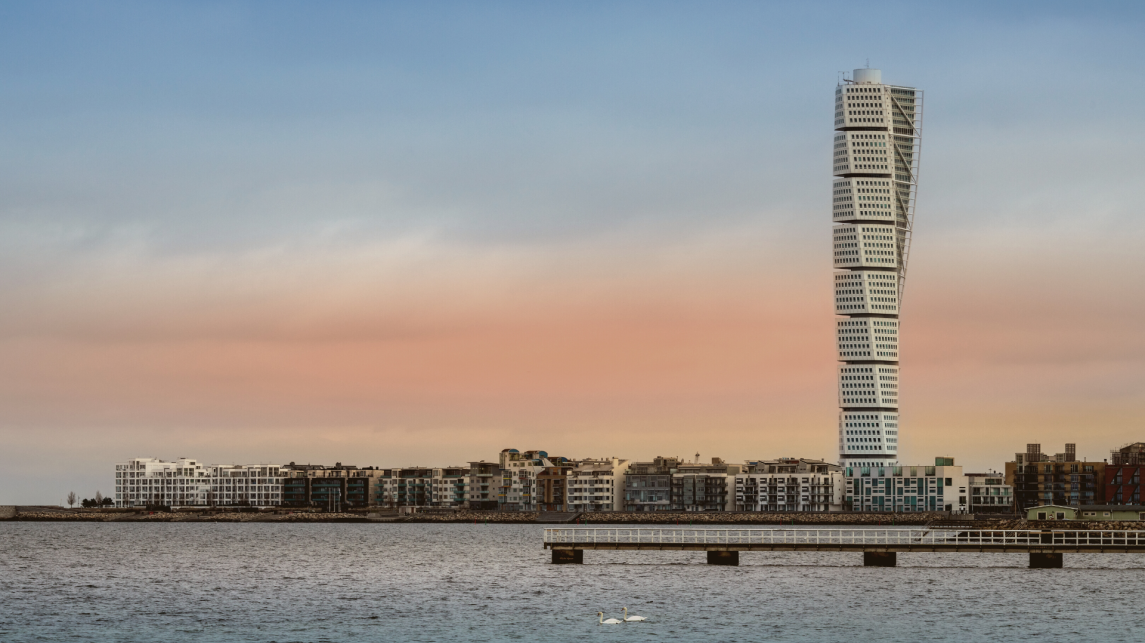
Fanny is also part of LFM30's project "Open Data", which aims to enable comparison of carbon impact from various buildings and exterior built environments. It is an open database and a comparison tool where developers of buildings and exterior built environments can upload their climate calculations to compare with similar projects. Has anyone chosen a smarter solution? Can we do things differently to reduce greenhouse gas emissions? Currently, work is underway to develop an initial beta version of the tool called "Under: mot nettonoll - och lägre” (Under: towards net zero - and below).
"It's a very interesting project where we in the industry can share our knowledge to help each other and reduce our carbon impact. Open Data will not only make it easier for the construction industry to understand the current situation, but also enable us to support each other to accelerate the necessary transition," concludes Fanny.
